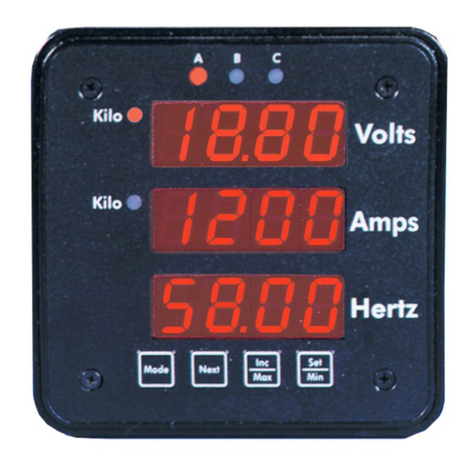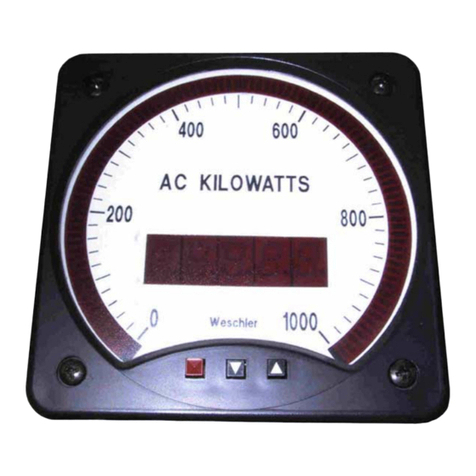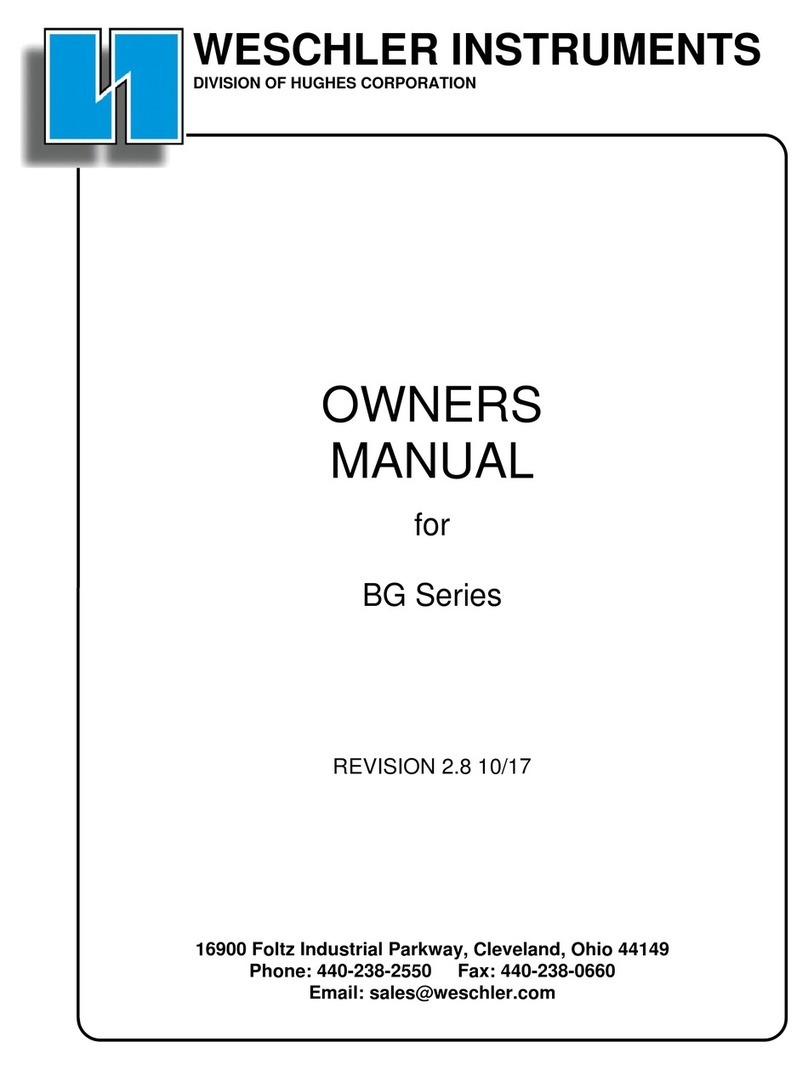
1
IM2493VAF-3
General Description
The POWER SERIES Plus digital switchboard meters incorporate the latest DSP
microprocessor technology. Careful and thoughtful design has resulted in a family of user-
friendly, field-adjustable meters.
When ordering the 2493 meter, the following options are available:
•AC Measuring Function(s): Volts, Amps, Watts, VARs, Power Factor, and/or
Frequency.
•Input Range: 0-150, 0-300V, 0-600V, 0-1 A, 0-5 A, 40-70 Hz, 300-500 Hz
•Wiring Configuration: 1P2W, 1P3W, 3P3W, 3P4W, 3P4W 2½ element
•Analog Output Type: 0 to 1mADC, 4 to 20 mADC, or none
•Power Supply: Universal Power Supply (85VAC-265VAC/110VDC-340VDC),
24VDC, or 48VDC.
•Communications: MODBUS comm., ASCII protocol or no comm.
The meter display and output scaling are completely field-adjustable from the front panel.
The meter does not need to be re-calibrated after adjusting the display or the output scaling.
There are no internal parts that the user needs to service or adjust. When a POWER SERIES
Plus meter leaves the factory it will be calibrated to meet or exceed its published specifications.
SAFETY NOTE: There are no field-serviceable parts in the unit. If the unit is
disassembled for any reason both Auxiliary Power and input voltages and currents must be de-
energized. LIMITED WARRANTY
This meter has been delivered to you after strict quality control and inspection. Weschler
Instruments warrants its Equipment to meet applicable specifications and to be free from defects
in material and workmanship for a period of one (1) year from date of shipment to the original
Purchaser. Upon receipt of prompt notice from Purchaser, referencing the order number and
detailing the claimed non-conformity or defect, Seller shall, at its option, repair or replace the
Equipment. Equipment returned to Seller will only be accepted with a Returned Material
Authorization (RMA) number issued by Seller or one of its authorized representatives. Inbound
shipping charges to Seller’s factory in Cleveland OH, or other designated facility, are the
responsibility of Purchaser. Normal shipping charges for the return to Purchaser of repaired or
replacement Equipment shall be the responsibility of the Seller (North American points only).
Repair or replacement of the Equipment in the manner described above is the exclusive
warranty remedy and shall constitute complete fulfillment of all Seller’s liabilities for breach of
this warranty. The Seller assumes no responsibility hereunder for any equipment damage or
failure caused by improper installation, operation and maintenance of the Equipment, or normal
wear and tear on disposable or consumable parts. This warranty shall be void in the event of
unauthorized modification or servicing of the Equipment.
The foregoing warranty is exclusive and in lieu of any other warranties of quality,
whether expressed or implied (including any warranty of merchantability or fitness for a
particular purpose). In no event shall Seller be liable hereunder for any special, indirect,
incidental or consequential damages including the loss of revenue or production.






























